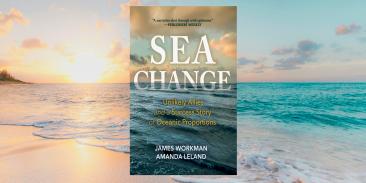Taking the Guesswork out of Methane Pollution Reporting: Colorado Publishes Nation-Leading Verification Protocol
Today, Colorado’s Air Pollution Control Division published the final 2024 Intensity Verification Protocol — a document providing guidance to oil and gas producers on how to comply with the state’s GHG Intensity Verification Rule that the Air Quality Control Commission adopted last year. The Verification Rule sets requirements for measurement, reporting and verification of emissions designed to help ensure compliance with pollution limits the Colorado General Assembly established in 2021. This protocol is a first-of-its-kind document outlining best-practice approaches to designing measurement strategies that quantify methane emissions from production sites. Per the Verification Rule, the protocol will be reviewed by APCD annually and updated to keep pace with rapidly improving measurement technologies and scientific understanding of methane emissions.
“Colorado was the first state in the nation to adopt rules to cut methane pollution and with today’s action becomes the first state in the nation to develop a comprehensive program that uses direct measurement-based emissions reporting to demonstrate we are on track to meet our emission reduction goals. Global gas markets are demanding lower methane intensity from natural gas, and as gas importers and exporters work through the challenges of MRV to prove up claims of low intensity, eyes will once again turn to Colorado for example.”
- Nini Gu, Regulatory and Legislative Manager, Environmental Defense Fund.
The protocol, effective in 2025, establishes key components and considerations that would impact the effectiveness and reliability of any direct measurement program. These components include ensuring that technologies used in a direct measurement program are adequately validated; demonstrating that technologies are appropriate for the sites where they are deployed; identifying and understanding the sources of uncertainty and transparent recordkeeping and reporting. The protocol also provides a framework for continuous improvement in the future.
Over the next two years, APCD will need to implement and enforce the protocol in order to determine improvements the AQCC and APCD will consider in 2026.
With more than 3 million members, Environmental Defense Fund creates transformational solutions to the most serious environmental problems. To do so, EDF links science, economics, law, and innovative private-sector partnerships to turn solutions into action. edf.org
Media Contact
Latest press releases
-
AGREE, EDF, and Rewiring America Secure Progress Towards Heat Pump-Friendly Electric Rates in Con Edison Rate Case
November 6, 2025 -
New Environmental Defense Fund Report Urges New York City to Take Unified Approach to Housing and Climate Crisis to Protect Communities from Future Displacement
November 6, 2025 -
EDF, Allies File Comments Urging the Trump EPA to Continue the Greenhouse Gas Reporting Program
November 3, 2025 -
Climate Workforce Summit by Ashoka University and EDF Sparks Cross-Sector Collaboration to Accelerate India’s Green Transition
November 1, 2025 -
Cost of Trump Administration’s Mandates to Keep Michigan Coal Plant Open Balloons to $80 Million
October 31, 2025 -
EDF Strengthens Role in Ocean-Climate Governance with New Consultative Status at the IMO’s London Convention and Protocol
October 31, 2025











